When you think of artificial grass, what comes to mind?
Maybe it’s the ground beneath your feet at a football stadium. For some of us, it’s the floor of our grandparents’ beach house sunroom. And for many others, it’s Astroturf, a brand name that’s become synonymous with the product it represents.
No matter what you associate with synthetic turf, one thing’s for sure: it’s come a long way from its origins in the mid-20th century.
Curious? We were, too. Read on for the brief (but interesting) history of how artificial grass came to be.
The Korean War and the Birth of an Idea
During recruitment for the Korean War, the U.S. army noticed an interesting trend. Recruits from rural areas, as a whole, outperformed their urban counterparts on measures of physical fitness.
What does that have to do with synthetic grass? Well, after the war had ended in the mid-1950s, the Ford Foundation’s Educational Facilities Lab decided that a lack of outdoor play space was to blame for the fitness gap. In response, they launched an initiative to improve indoor play spaces in urban environments.
Ford partnered with the now-renamed Monsanto Industries and Chemstrand to create a synthetic fiber floor covering that resembled grass. The resulting product, named ChemGrass, was first installed on a large scale in a Rhode Island school in 1964. Since then, schools across the country have adopted artificial grass for their multi-use game areas and indoor fields.
Why a Painted Ceiling Sparked the Development of Astroturf
But even if fake grass was the right choice for indoor playgrounds, what made it so popular in the sports industry? It’s all thanks to a clear ceiling and some blinded baseball players.
When the Houston Astrodome opened in 1965, some considered it to be the eighth wonder of the world. It was an indoor, domed, air-conditioned sports arena unlike anything built before.
Some of the dome’s draw came from the transparent lucite panels used to build the ceiling. They let enough light in for the stadium to grow an entire field of grass indoors. But when players took to the field, they found that the glare from the ceiling blocked their view of the ball.
The solution? Paint the ceiling! But while this worked to reduce glare, it also killed the lawn.
After painting patches of dirt green for a while, Astrodome owner Judge Roy Hofheinz asked Monsanto to install their artificial grass on the floor of the dome. They did, and the product was affectionately renamed AstroTurf in honor of the stadium that made it popular.
Perfecting the Recipe
Since its installation in the Astrodome, synthetic grass has been installed in countless indoor and outdoor sporting areas. And thankfully, it’s progressed beyond the original fluorescent green carpet. After undergoing some re-engineering in the ’70s, ’90s, and 2000s, developers finally found a balance of materials and structure.
Today’s synthetic grass is long-lasting, allows for drainage, and is far more realistic than its predecessors.
Artificial Grass Has Come a Long Way
From its humble origins in school play areas to the flooring of choice in arenas across the globe, artificial grass has grown a lot since its arrival in the 1950s.
If you’re looking to install a synthetic lawn in any of New England’s four corners, we’ve got your back. SynLawn New England provides turf for a variety of sports, home, and professional uses. Contact us today for more information or to schedule an estimate.


